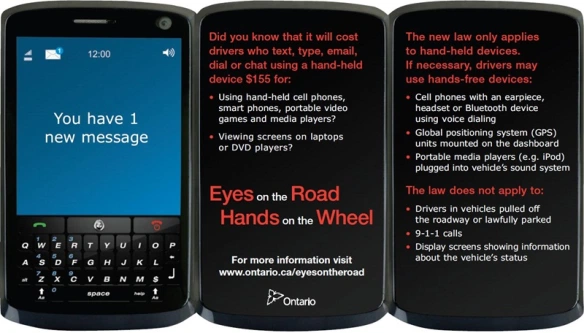No matter how many times we do it, driving in wintery conditions never gets easier or less frustrating. Driving in snow can be risky and you must always be prepared for the unexpected. When bad weather does strike, we recommend staying off the roads if possible.
Did you know that snow and ice are more slippery at 0 C than at -20 C or below? It’s a common misconception that the colder the temperature the worse the roads – be aware this isn’t the case. Even at 4 C there can be black ice on the roads. Always keep a safe distance between yourself and another vehicle as sudden braking can cause skidding.
Few things are more annoying than when you need to get somewhere and you find your car buried in snow. Although it is tempting to quickly clear your windows and go, it can be dangerous for both you and those driving around you. See and be seen – make sure that you properly remove all snow and ice from your hood, windows, lights, roof as well as the rear part of your vehicle. It is also a good idea to take the brush and clear any snow or ice between your wheels and under your bumper.
Transport Canada has put together a highly informative booklet on Winter Driving Safety Tips. This book is free and highly useful. It can be viewed online or printed off to keep in your glove compartment.
Some tips in the booklet include:
- Preventing problems before they occur
- Getting your vehicle winter ready
- How to prepare for driving in poor weather
- Avoiding collisions
To view or download a copy please visit Transport Canada http://www.tc.gc.ca/eng/roadsafety/safevehicles-safetyfeatures-winterdriving-index-693.htm
If you are interested in purchasing winter tires for your vehicle or would like to make sure your car is ready for winter, please visit us at www.imagehonda.com or www.queenstonchev.com
By: Amy Cochren
Credit: Transport Canada
